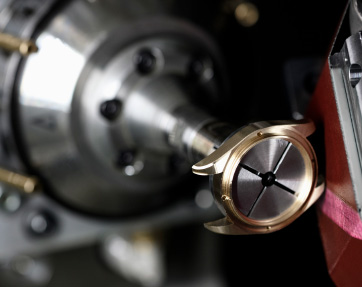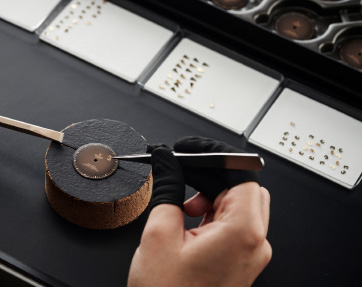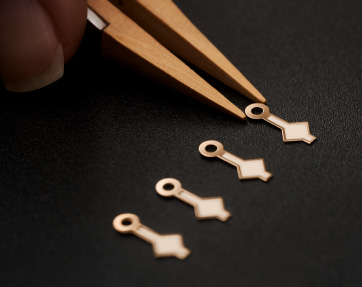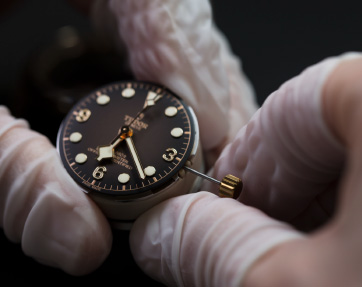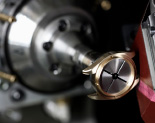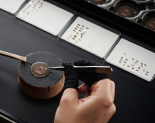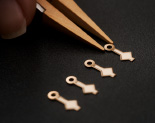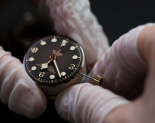
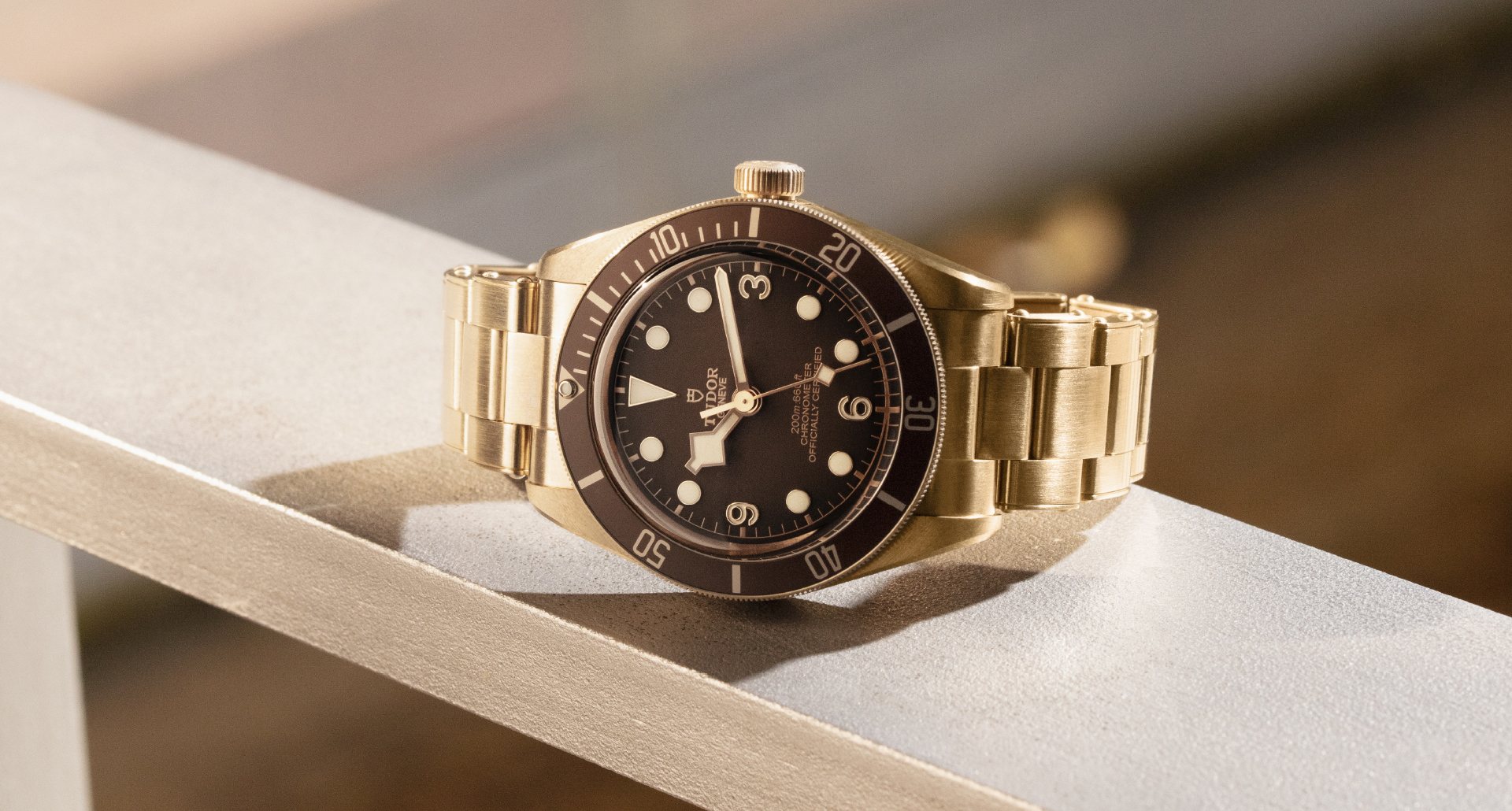
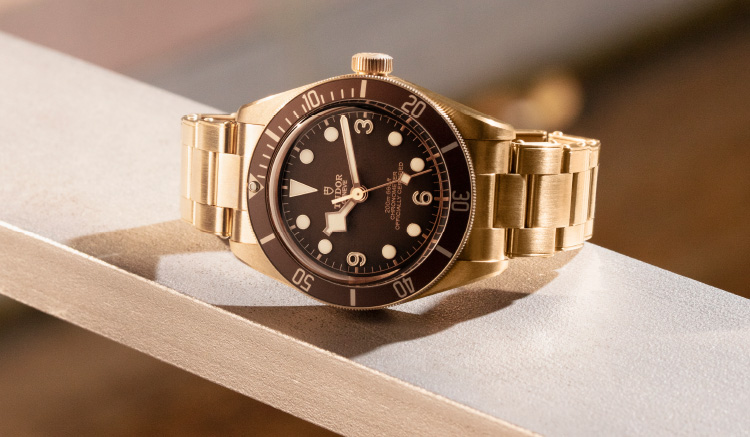
TUDOR'S BRONZE WATCHES
Bolstered by its experience using bronze, TUDOR continues its exploration of this emblematic material with its characteristic ageing, boldly opting for a total bronze look. A new colour palette, based on a rich “brown-bronze” tone, adorns the dial and bezel of a divers’ watch whose naval inspiration can be seen in every detail. A timepiece with an uncompromising design, available exclusively in around fifty TUDOR boutiques throughout the world, the Black Bay 58 Bronze model also offers high technical performance thanks to its Manufacture Calibre MT5400.
M79012M-0001
39mm bronze case
Gradient matt “brown-bronze” dial
Bronze bracelet with “T-fit” clasp
Complimentary “brown-bronze” fabric strap
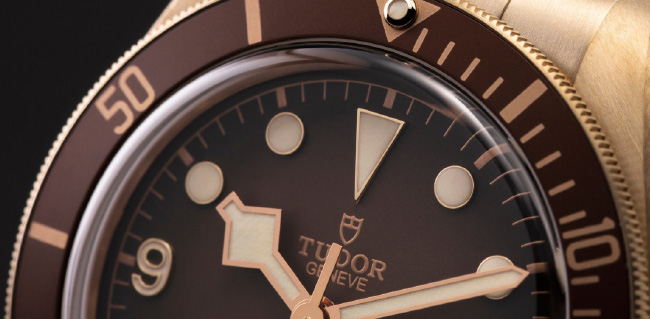
A CASE THAT "CHANGES"
The characteristic elements of the new Black Bay Fifty-Eight model are a 39 mm bronze case, an aesthetic nod to the bronzes on old ships and other deep-sea diving equipment, but also the characteristic proportions of the first TUDOR divers’ watches dating from the second half of the 1950s.
The choice of a “living” metal – in this case a high-performance aluminium bronze alloy used particularly in naval engineering for submerged parts required to demonstrate a high level of resistance to corrosion such as propellers, for example – ensures the development of a subtle and unique patina on the case of every watch to match its user’s habits. In addition to a highly functional appearance, in line with the naval world to which it pays tribute, the Black Bay 58 Bronze presents entirely satin-brushed finishes that guarantee the homogeneous development of this patina.
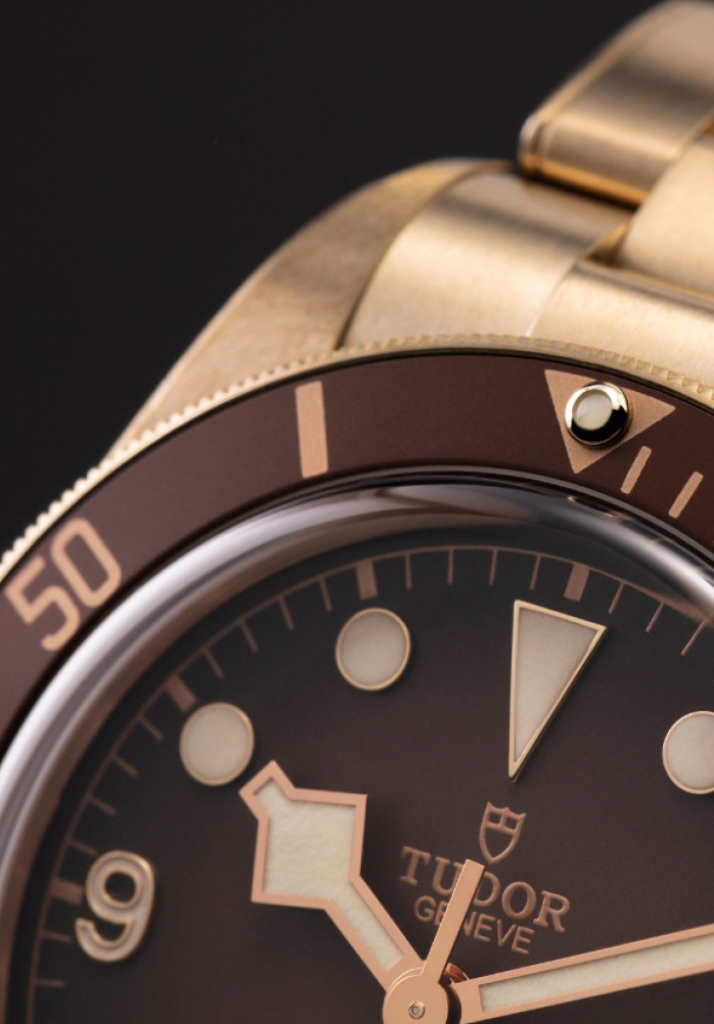

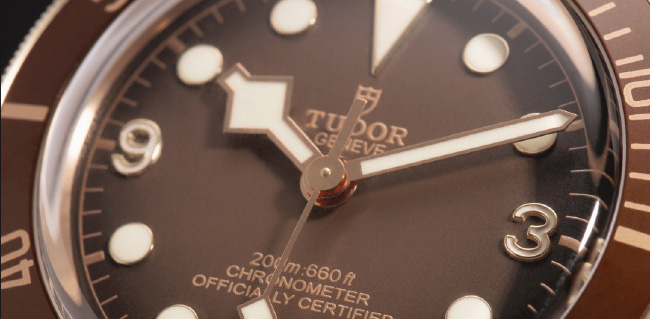
Gradient matt "brown-bronze" domed dial
with applied hour markers and Arabic numerals at 3, 6 and 9 o’clock
The combination of a domed dial in matt “brown-bronze”, shaded concentrically from the exterior towards the centre, and a bezel presenting the same gold accents found on the hands and hour markers, completes the face of this model.
BRONZE BRACELET
The Black Bay 58 Bronze model marks the first time that the brand has produced a bracelet entirely from bronze. Its satin-brushed links adopting the style of TUDOR bracelets of the 1950s and ’60s, with rivets, are coordinated with the case and will develop a patina at the same pace. A new bronze clasp, also satin-brushed, with a redesigned cover and TUDOR “T-fit” rapid adjustment system for the length, completes the total bronze look. Easy to use, requiring no tools and offering 5 positions, this practical system allows wearers of the Black Bay 58 Bronze to carry out a fine, instant adjustment on an adjustment window along the entire length of the 8 mm bracelet.
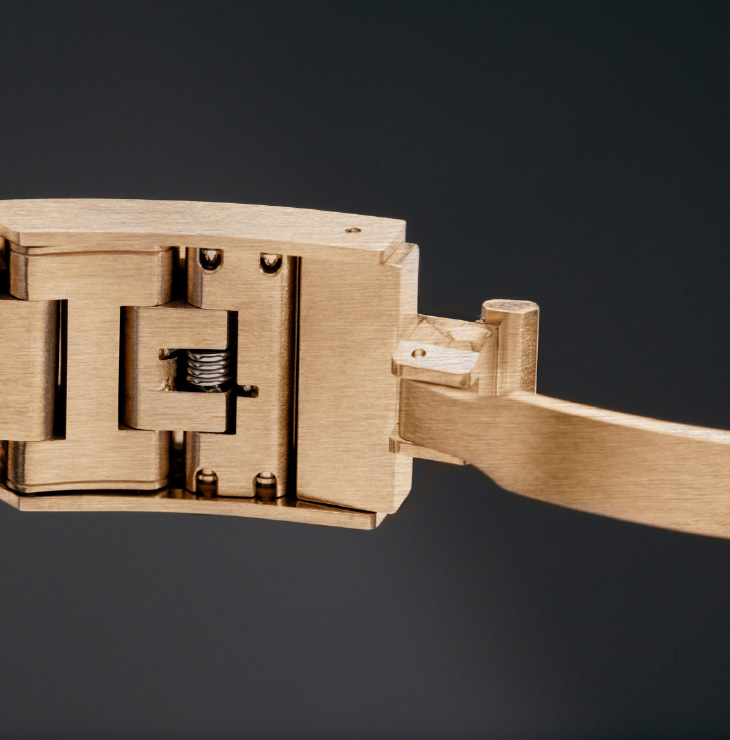
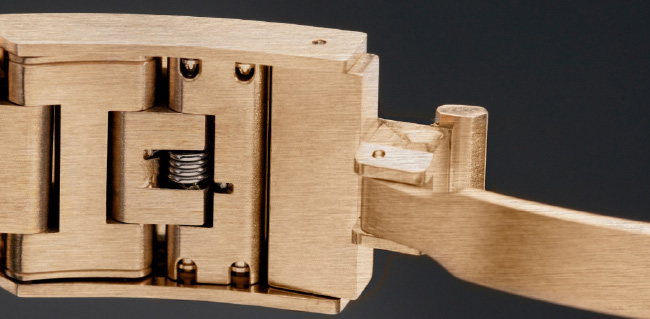
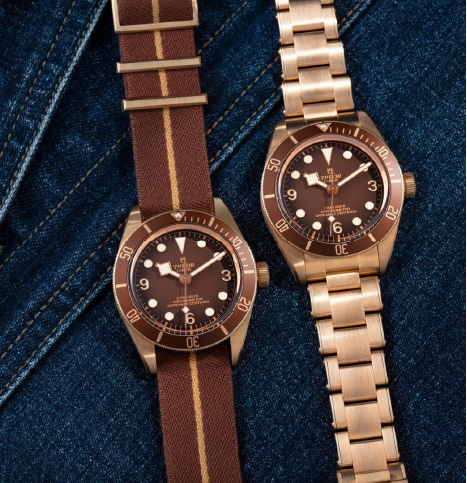
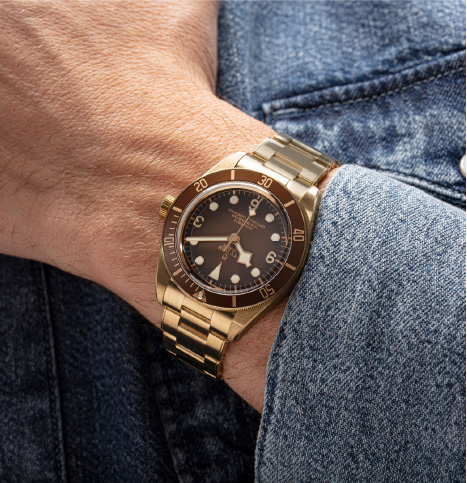
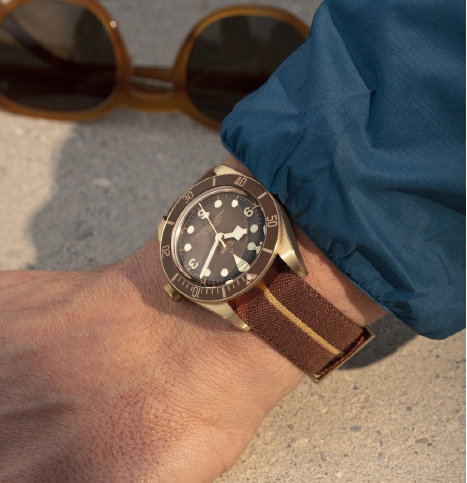
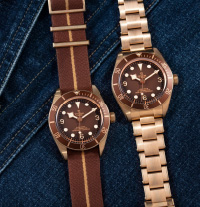
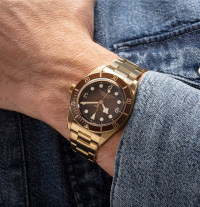

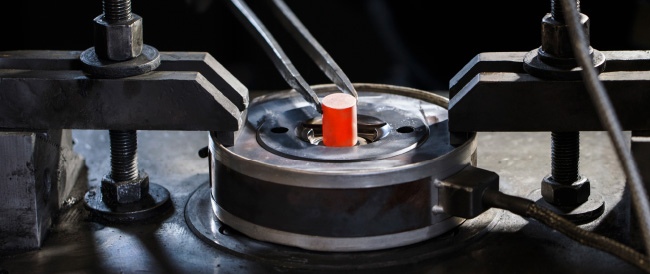
THE ORIGINS OF TUDOR BRONZE
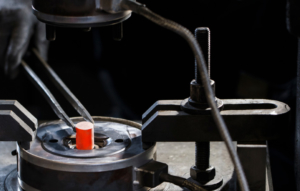
Bronze is an alloy with properties that differ to those of stainless steel and as such, the craftsmanship required to produce a watch case is as unique as it is spectacular. Once the aluminium bronze alloy has been produced, the bronze used by TUDOR is made into bars, which in turn are cut into slugs, small cylinders of material a few centimetres in length. The slugs are then heated to a high temperature before being stamped individually while hot using a friction screw press, applying a pressure of many tonnes. With this single operation, as soon as it emerges from the furnace, this cylinder of raw material instantly adopts the rough form of the watch middle case.
From this point, no fewer than forty additional steps are required to obtain a bronze case that is ready to be cased up. Successive machining processes create the final shape and craft the functional parts of the case such as the threading or drilling, as well as the finishes, or the steps required to give the surfaces their final appearance, produced by machine or by hand. It is further complicated by the fact that bronze is a material whose appearance evolves rapidly according to its environment, so all these manufacturing operations, as well as the assembly and final tests of the Black Bay Fifty-Eight Bronze model are carried out with meticulous care. All handling must be carried out using gloves and according to a specific workflow, particularly for waterproofness tests, between which each watch is entirely dried in order to preserve its new, non-patinated appearance.
